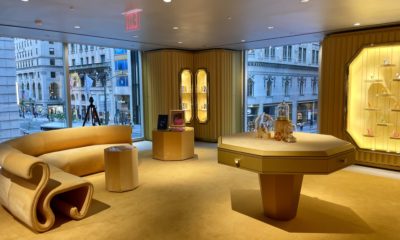In the wake of the garment factory collapse in Bangladesh last week that killed more than 400 people, it has been revealed that the Walt Disney Co. (Burbank, Calif.) had ordered an end to the production there of branded merchandise. A Disney official told The New York Times that the company sent a letter to licensees and vendors on March 4, setting out new rules for overseas production.
Ever since the tragedy, major brands and retailers have been addressing certain issues, from improving working conditions to leaving Bangladesh altogether.
Disney’s decision, two months before the recent collapse, were reportedly triggered in November 2012 by a fire at a factory that allegedly made Disney apparel. The Disney ban also extends to other countries, including Pakistan, where a fire last September killed 262 garment workers.
“These are complicated global issues and there is no ‘one size fits all’ solution,” said Bob Chapek, president of Disney Consumer Products. “Disney is a publicly held company accountable to its shareholders, and after much thought and discussion we felt this was the most responsible way to manage the challenges associated with our supply chain.”
With 3.6 million garment workers and more than $18 billion in apparel exports last year, Bangladesh is the world’s second-largest apparel exporter after China. Bangladesh has some of the lowest wages in the world, its government is eager to lure Western companies and their jobs and many labor groups want those big corporations to stay to improve conditions, not cut their losses and run.
Earlier this week, officials from some two dozen retailers and apparel companies – including Walmart Stores Inc. (Bentonville, Ark.), Gap Inc. (San Francisco), Carrefour SA (Paris) and Li & Fung Ltd. (Hong Kong) – met near Frankfurt with representatives from the German government and non-government organizations to try to negotiate a plan to ensure safety at the more than 4,000 garment factories in Bangladesh.
Advertisement
Some were already taking their own independent action, including paying for Bangladesh factory managers to be trained in fire safety. But labor advocacy groups are pushing them to do more, especially to help finance factory improvements like fire escapes.
Other companies tried to distance themselves from the situation. The Children’s Place (Secaucus, N.J.), said that “none of our apparel was in production” there “at the time of this terrible tragedy.” The Cato Corp. (Charlotte, N.C.) said the operation “was a factory of one of our vendors.
“However, we did not have any ongoing production at the time of the incident.”


 Headlines2 weeks ago
Headlines2 weeks ago
 Headlines1 week ago
Headlines1 week ago
 Headlines2 weeks ago
Headlines2 weeks ago
 Headlines5 days ago
Headlines5 days ago
 Headlines1 week ago
Headlines1 week ago
 Eric Feigenbaum3 days ago
Eric Feigenbaum3 days ago
 Designer Dozen1 week ago
Designer Dozen1 week ago














